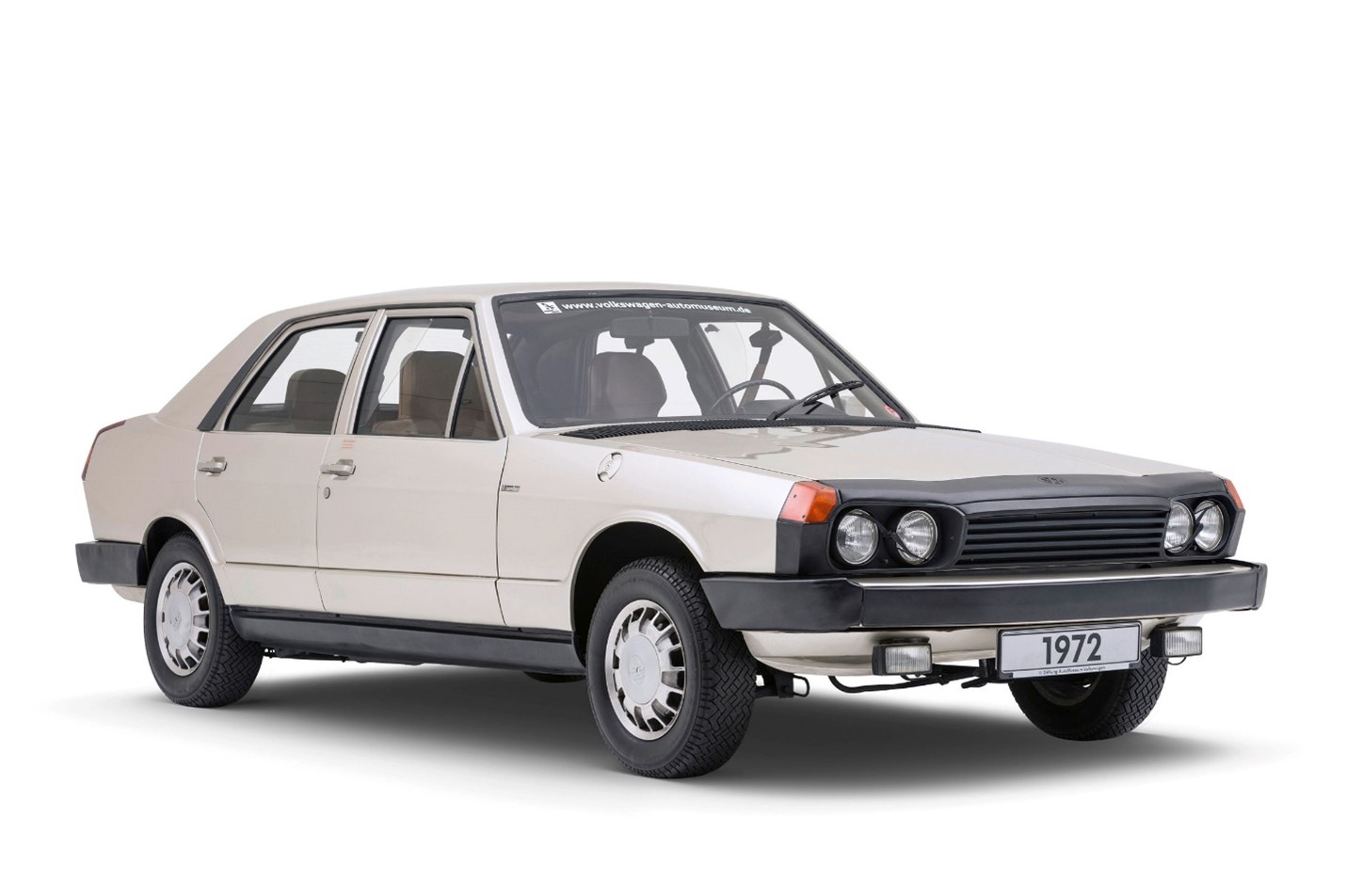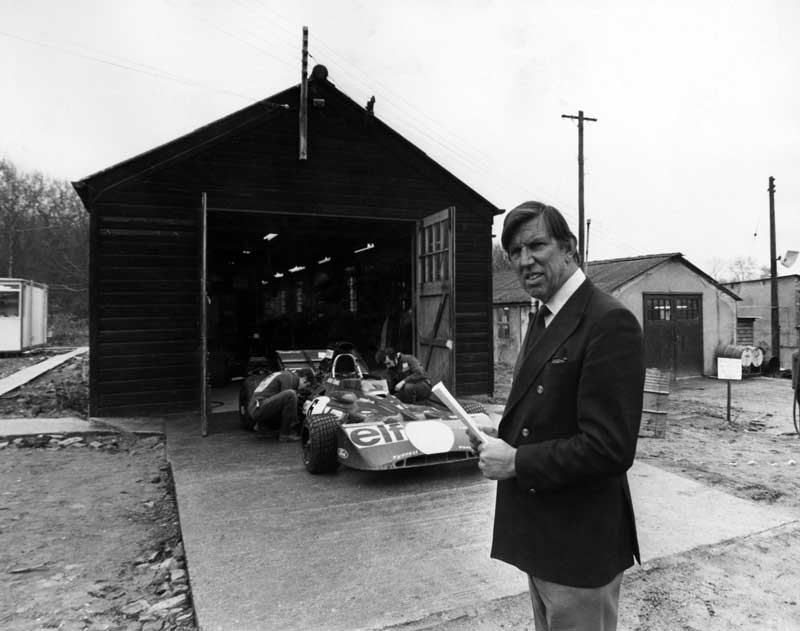
The Audi 50 At 50, Germany’s First Small Car
The Audi 50 that was the basis for the VW Polo is now 50. The small car was developed ahead of the oil crisis of

The seat belt, or safety belt if you prefer, has probably saved more lives than any other invention. These days it’s taken for granted, but five decades ago this wasn’t the case. But since then, it has been unilaterally adopted, and its thanks in some part to Volkswagen with the ESVW 1.
Back in the 1960s in America some 60,000 people were dying each year in car crashes. The U.S Department of Transport introduced an experimental safety vehicle project and asked carmakers and other companies to develop vehicles with safety in mind.
The intention wasn’t to develop working vehicle and some of them barely moved and weighted 6,000 lbs. It was to innovate new ideas for protecting passengers and to develop solutions that could save lives. These prototypes enabled the DOT to establish many passive safety targets for future regulations.
Back in 1955 Volkswagen were working on advanced body frames and launched its first crash tests in 1965. In the 1970s it began working on an experimental safety vehicle using the DOT rules called the ESVW 1.
The car was specifically designed to protect occupants from fatal injuries. The prototype has anti-lock brakes and advanced side protection. Volkswagen built the frame in three sections which were designed to transmit energy away from those inside. The first passive safety belt systems, which included on for over the shoulders, over the knees and midsections.
Even though many cars had seat belts in the 1970s not many people were using them. The passive system in the ESVW 1 was activated by the driver opening the door and getting into the front seat. The horizontal strap would automatically wrap around the driver and in the event of a crash all three belts would tighten automatically.
Even the wipers were designed to provide maximum visibility, and a second set were used on the headlights.

The Audi 50 that was the basis for the VW Polo is now 50. The small car was developed ahead of the oil crisis of

The Tyrrell Shed once home of the World Championship winning Tyrrell Formula 1 team has been relocated to Goodwood and is set to open for

Something of a piece of rock and roll history went for sale with the auction of Led Zeppelin manager Peter Grant’s old Ferrari 246 Dino

Restomodders Singer have produced their 300th 911 already and it’s another964 based conversion called the Sotto. It’s almost hard to believe it was a964, though

The masterpiece that is the Spirit of the XJ13 is unveiled at Retromobile 2024 by JD Classics of Chelmsford, England, and seen for the first

Škoda are no strangers to rallying having been successful for many years, but its now 25 years since their debut in the FIA World Rally
There were many unusual things about the ESVW 1. Only the seat cushions moved and only up and down. To adjust the reach to the controls the steering wheel as part of the cockpit would slide towards or away from the driver. The pedals also moved in a similar way.
The power came in the form of a flat four 100 hp engine mounted in the rear, of course. The front provided trunk storage but there was additional capacity above the engine in the rear.
The debut in 1972 took place at global automotive safety conference. Volkswagen presented the car and the testing results. 14 crash test trial with the ESVW 1 passenger cell, handling and swerve tests and a further 40 crash tests with production vehicles.
The ESVW 1 met all of the U.S safety standards and paved the way forward for many of the innovations to make it to production vehicles. Passive safety belts would be used in the Rabbit (Golf) and the crash safety was built into all following Volkswagen today.